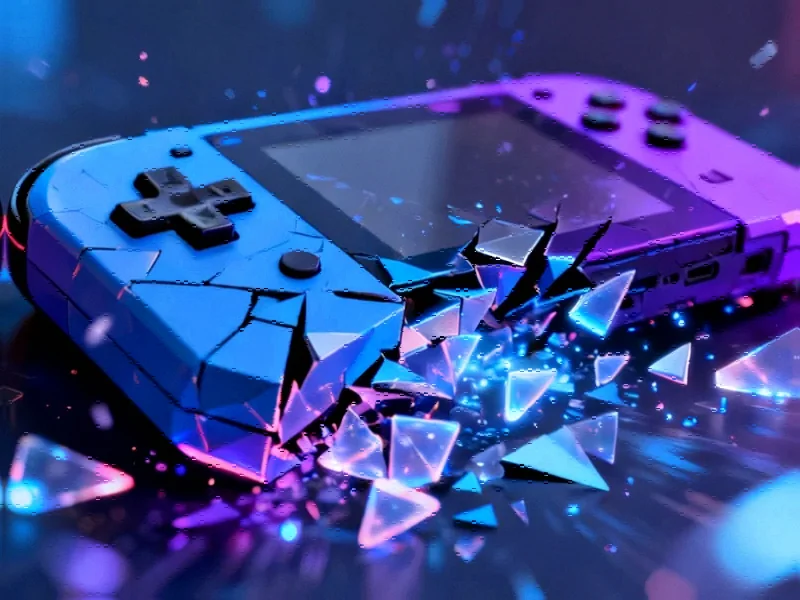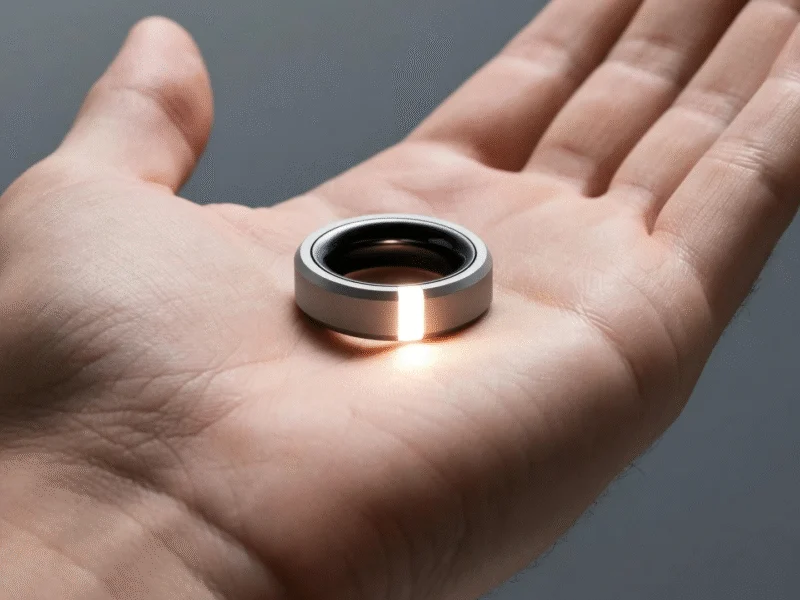Xbox’s Strategic Pivot: More Than Just a Console Maker
Microsoft’s Xbox division finds itself at a critical juncture, navigating the complex transition from traditional console manufacturing to a broader hardware ecosystem that increasingly resembles the PC market. The recent launch of the Asus ROG Xbox Ally X at a premium $1,000 price point signals a significant departure from Xbox’s console roots, creating confusion among its dedicated fanbase while simultaneously opening new possibilities for the brand’s future.
Xbox President Sarah Bond’s recent statements confirm that Microsoft is developing next-generation hardware, but the company appears to be fundamentally redefining what “Xbox” means in today’s gaming landscape. This strategic shift comes amid broader market trends affecting technology manufacturers worldwide, including supply chain challenges and changing consumer expectations.
The Premium Handheld Dilemma: Power vs Accessibility
The ROG Xbox Ally X represents Microsoft’s ambitious entry into the high-end handheld gaming market, positioning itself against established PC handhelds from manufacturers like Lenovo. With its $1,000 price tag and AMD Ryzen Z2 Extreme processor, the device targets what Bond describes as “power players” – a segment willing to pay premium prices for cutting-edge performance.
However, this strategy creates significant friction with Xbox’s traditional audience. The device runs a customized Windows interface with pre-installed Microsoft applications like OneDrive and Teams, creating a experience that feels more like a specialized PC than a dedicated gaming console. As noted in industry analysis, this approach represents a fundamental shift in how Microsoft views the Xbox ecosystem.
Pricing Pressures and Market Realities
Microsoft’s pricing strategy reflects the challenging economic environment facing hardware manufacturers. The company recently increased the Xbox Series X price by $150 after five years on the market, while Game Pass Ultimate saw a 50% price hike from $20 to $30 monthly. These increases occur within a context of global economic pressures affecting technology companies across sectors.
Unlike traditional console manufacturers who typically subsidize hardware costs, PC manufacturers like Asus and Lenovo operate with different margin structures. The $1,000+ pricing for premium handhelds reflects these fundamental business model differences, though Microsoft’s ability to potentially absorb more cost than its partners creates an interesting dynamic in the market.
Technical Innovation and User Experience Challenges
The Xbox Ally’s “full screen experience” interface represents a significant step forward for Windows-based handheld gaming, offering controller-friendly navigation while maintaining access to multiple game stores and launchers. This approach acknowledges the fragmented nature of modern PC gaming while attempting to create a more console-like experience.
However, technical issues like sleep mode problems and rapid battery drain highlight the challenges of adapting desktop operating systems for handheld use. These growing pains reflect broader computing challenges that affect many technology companies as they expand into new form factors and use cases.
The Identity Crisis: Who Is Xbox For?
Microsoft’s current hardware strategy creates fundamental questions about Xbox’s target audience. The company appears to be pursuing multiple segments simultaneously: traditional console gamers with the Series X|S, premium handheld users with the Ally X, and more budget-conscious players with the standard $600 Ally model.
This fragmentation becomes particularly evident when comparing Xbox’s approach to Nintendo’s Switch 2, which delivers strong performance at a lower price point. The difference highlights how dedicated gaming hardware, optimized around specific technical capabilities, can often outperform more powerful but less specialized devices. These strategic considerations reflect the complex decision-making processes that technology companies face when balancing innovation with market expectations.
The Future of Xbox Hardware
Looking toward the next-generation Xbox, expected around 2027, Microsoft will likely incorporate AMD’s RDNA 5 architecture with advanced AI upscaling capabilities. This technology, similar to what Nvidia offers with DLSS, could help bridge the performance gap between dedicated consoles and PC-based handhelds.
The fundamental question remains whether Microsoft can maintain its console ecosystem while expanding into PC-inspired hardware. As the gaming industry continues to evolve, Xbox’s ability to clearly communicate its vision and deliver compelling experiences across price points will determine its position in the increasingly competitive gaming hardware market.
For now, Xbox gamers face a period of uncertainty and transition. The company’s success will depend on its ability to balance innovation with accessibility, while maintaining the trust of its core audience through this transformative phase in its hardware strategy.
This article aggregates information from publicly available sources. All trademarks and copyrights belong to their respective owners.
Note: Featured image is for illustrative purposes only and does not represent any specific product, service, or entity mentioned in this article.



